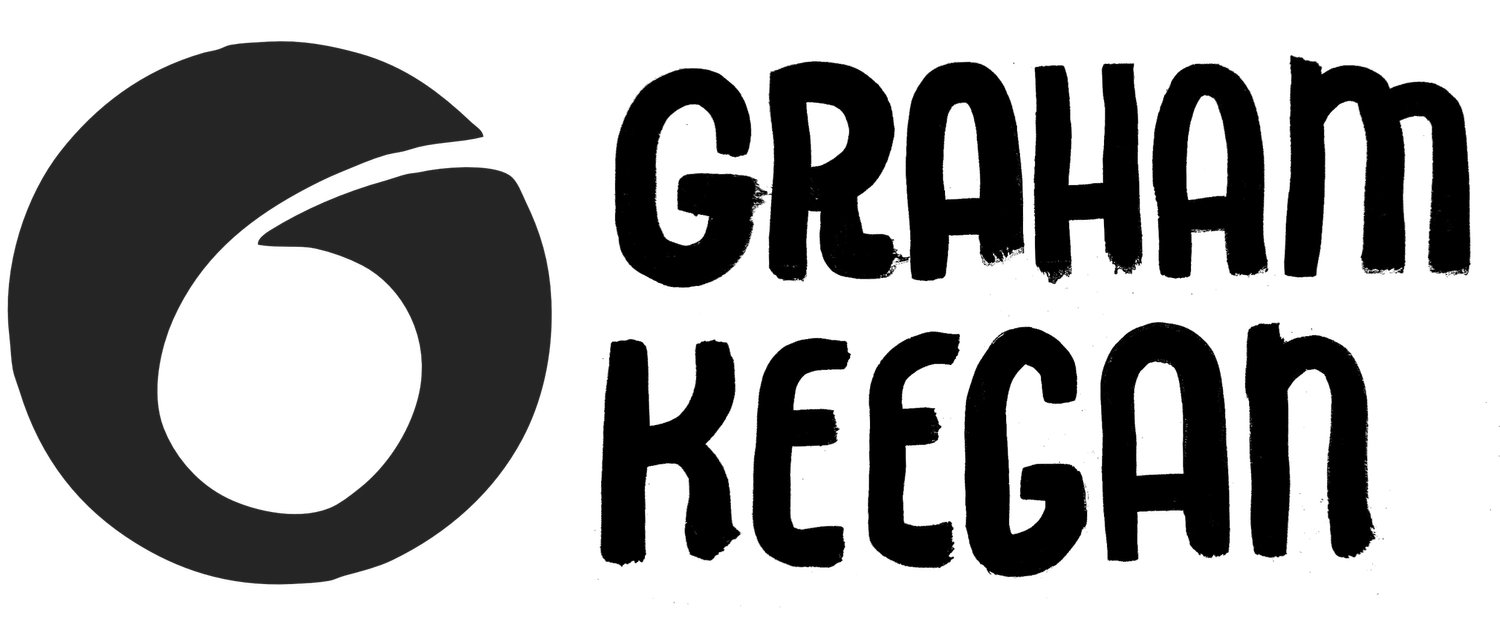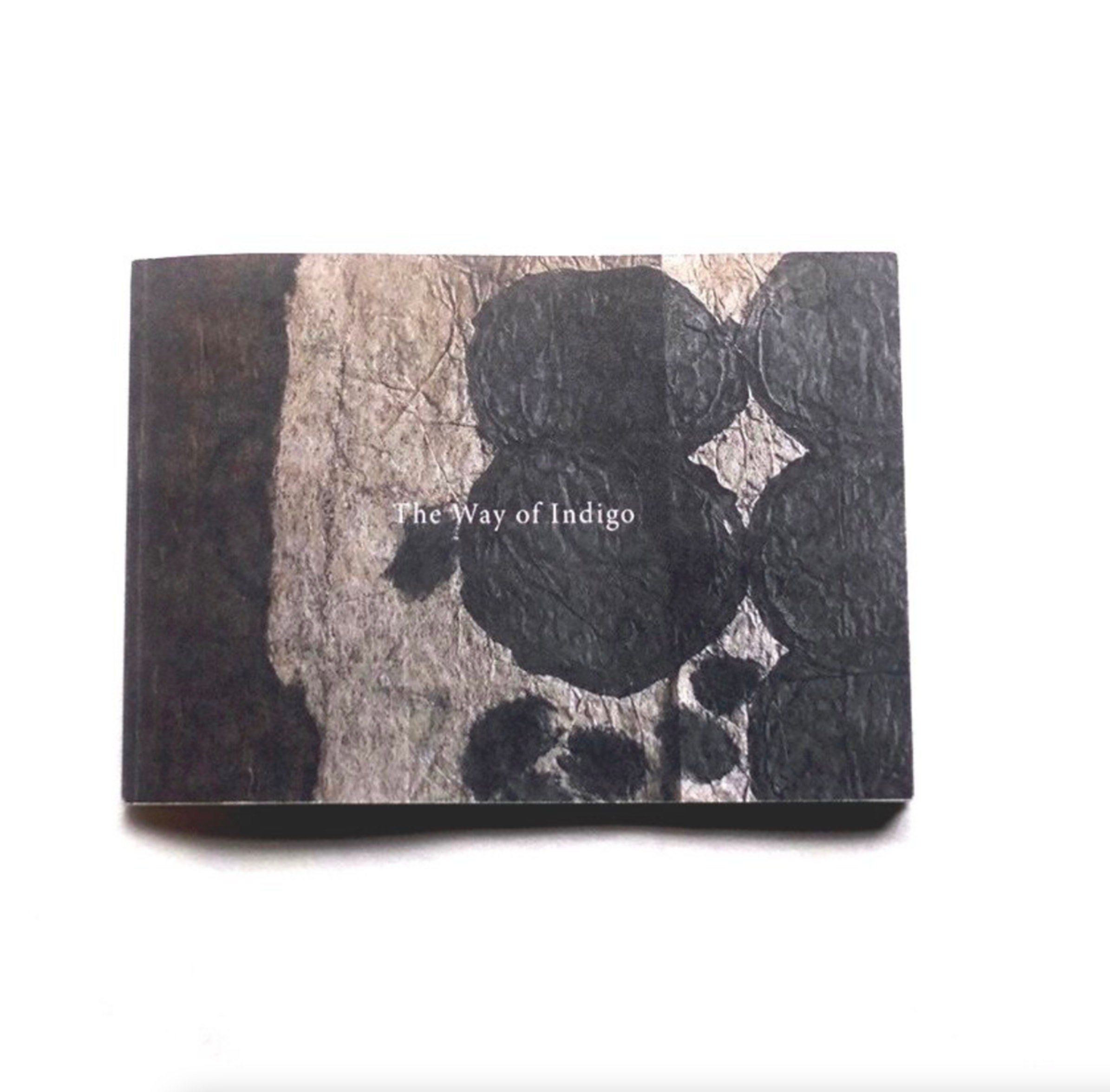
CONGRATULATIONS! YOU GREW SOME INDIGO PLANTS!
NOW WHAT THE HECK TO DO YOU DO TO GET THE COLOR OUT!?
First things first, it kind of depends what you mean by “indigo”!
Chances are, you have grown one of a handful of plants that contain enough indigo to actually work with. If you got your plants from me from seeds or at a giveaway, then you’re either growing Persicaria tinctoria OR Indigofera suffruticosa OR Isatis tinctoria or a little bit of each. The methods I’m mentioning here apply to the processing of the LEAVES ONLY on these plants. Other indigo species contain pigment in other parts of the plant, but these are LEAF ONLY, baby.
This page is meant to point you toward a whole bunch of different resources for information about indigo pigment extraction. For the sake of organization, I’m going to break down extraction options into three different categories in order from simplest to most complex: first - direct indican dyeing, second - aqueous extraction of indigotin, third - dried leaves and composting extraction.
I’ll say it now (and say it again later), in my opinion, the best, English language published single source of practical information on many of the processes mentioned on this page is actually a publication by John Marshall titled Singing the Blues: Soulful Dyeing for All Eternity. So, if you’re looking for information to demystify the process, start here:
I’m going to throw a bunch of similar words at you which can be confusing but they have different meanings and different uses but it is helpful to know the difference so here we go :
INDICAN - This is a molecule produced within certain plants that CAN be used directly to dye protein fibers.
INDOXYL - An intermediary molecule which easily converts to indigotin in the presence of oxygen.
INDIGOTIN and INDIGO - Used interchangeably, referring to the oxidized pigment molecule which CANNOT directly dye fibers, but requires dissolution and reduction in alkaline solution (called a vat) to be able to penetrate and adhere to cellulose (plant) or protein (animal) fibers.
1. DIRECT INDICAN DYEING
FOR DYEING DIRECTLY ONTO SILK AND WOOL FIBERS
This is the most simple means of extracting pigment from indigo leaves. For those of you who have seen a indigo leaf, you may have noticed that it is not blue! That’s because there is not actually ‘indigo’ in the leaf but actually two precursor molecules that need to combine to form indigo. Sometimes, when the leaf is bruised, frostbitten or bug-bit you’ll notice that portions of the leaf DO turn blue. This is because the cell structure of the leaf that normally keep the two indigo ingredients separated has been ruptured, allowing them to combine and (in the presence of oxygen) form indigo.
The two ingredients are Indican and an Enzyme that digests indican. Indican itself is water soluble and actually able to dye protein fibers (silk, wool, spider webs, eggs, vicuña fur, porcupine quills, what have you!) But it is typically short-lived once it is smashed or soaked out of a leaf because it is quickly digested by the enzyme into another molecule which does NOT dye fabric in the same way. Direct indican dyeing works within the limited amount of time that the indican exists (in our oxygen rich atmosphere). There are a couple methods of effectively slowing the enzyme so the dyer has a longer time to work with this pigment.
HAPAZOME : DIRECTLY COMPRESSING LEAVES ONTO FABRIC
John Marshall covers this process in Singing the Blues
SALT RUB DYEING
Here’s a great video by Ryoya Takashima which covers the process from start to finish.
ICE COLD FRESH LEAF EXTRACTION
John Marshall covers this process in Singing the Blues
Here is a nice Turkey Red Journal article on dyeing wool.
Liz Spencer has a lovely post with photographs.
2. AQUEOUS EXTRACTION OF INDIGOTIN
TO CREATE INDIGO EXTRACT WHICH CAN BE STORED INDEFINITELY AND ACTIVATED IN VATS TO DYE ANY TYPE OF FIBER
There is some good DIY scale discussion happening on a Facebook page called Indigo Pigment Extraction Methods.
On Instagram people are posting under the #indigoxtraction2019 #indigoextraction2018 #indigoextraction2017 about their own extraction processes and outcomes. Lots of good photo-rich information there.
Here’s a tantalizing preview (START AT 2:40) of aqueous pigment extraction from Woad by Michel Garcia. I can vouch for the full DVD, it is very thorough and inspiring and is available here.
Fibershed covers the process in their publication The Production of Indigo Dye from Plants.
3. DRIED LEAF EXTRACTION
TO BE STORED INDEFINITELY AND ACTIVATED IN VATS FOR DYEING ANY TYPE OF NATURAL FIBER
COUCHING OR SECONDARY COMPOSTING
I don’t currently know of any good online resources for this process. If you know of any, please let me know!
SUKUMO PRODUCTION
FINALLY, there is a good book on how to make SUKUMO from leaf to vat.
Rowland Ricketts has some great photos of the process!
John Marshall covers this process in Singing the Blues.
Fibershed covers the process in their publication The Production of Indigo Dye from Plants.
Indigo farmer and dyer BUAISOU posts beautiful photos of their work with sukumo.
BOILED EXTRACTION FROM DRIED LEAF POWDER
John Marshall covers this process in Singing the Blues.


